- The House of Wisdom
- Posts
- Bridges are their own form of art
Bridges are their own form of art
It’s not just about admiring feats of engineering or building the longest road over water (which still comes across as pretty impressive) but it’s about engraving poetry in stone, brick and steel...
This is the Liberty Bridge, in Budapest — a fine example of Art Nouveau.
It was built 125 years ago but feels straight out of the Renaissance.
And it's just one of the world's many breathtaking bridges. Here are 19 more... 🧵
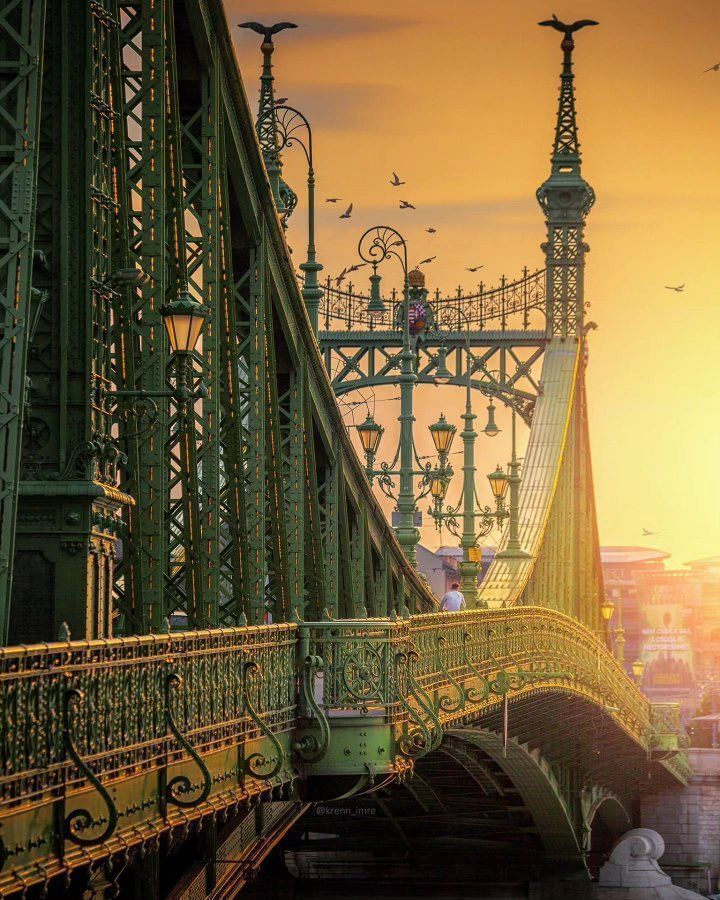
1) Charles Bridge, Prague, Czech Republic (1402)
It was built to replace an older Judith Bridge, with the help of egg yolks, which were mixed into the mortar to make it stronger.
The foundation stone was laid exactly at 5:31 on July 9, 1357.
Look closely. This turns out to be a palindromic number (one that reads the same backwards as forwards): “1357.9.7.5.31.” It was believed that this supposed magical property would help the bridge to stay standing forever.
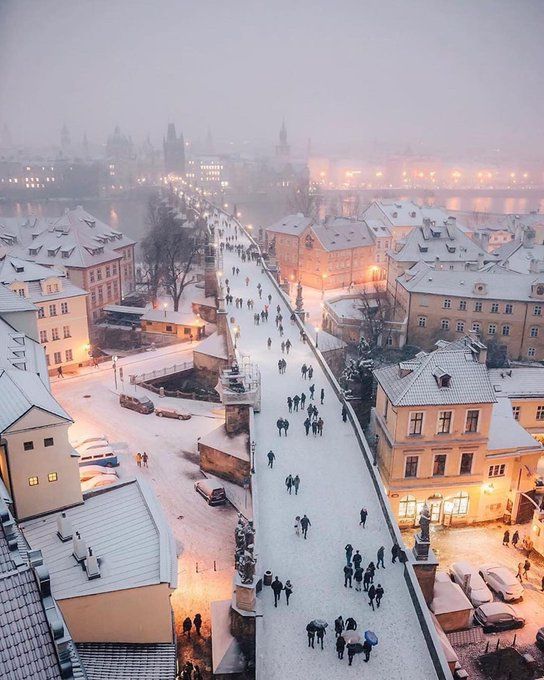
2) The Bridge of Sighs, Venice, Italy (1600))
The name comes from the sighs of prisoners taking their last glimpse of Venice.
Built of white limestone and enclosed on all sides, it was designed by Antonio Contin — whose uncle designed the nearby, more famous, Rialto Bridge.
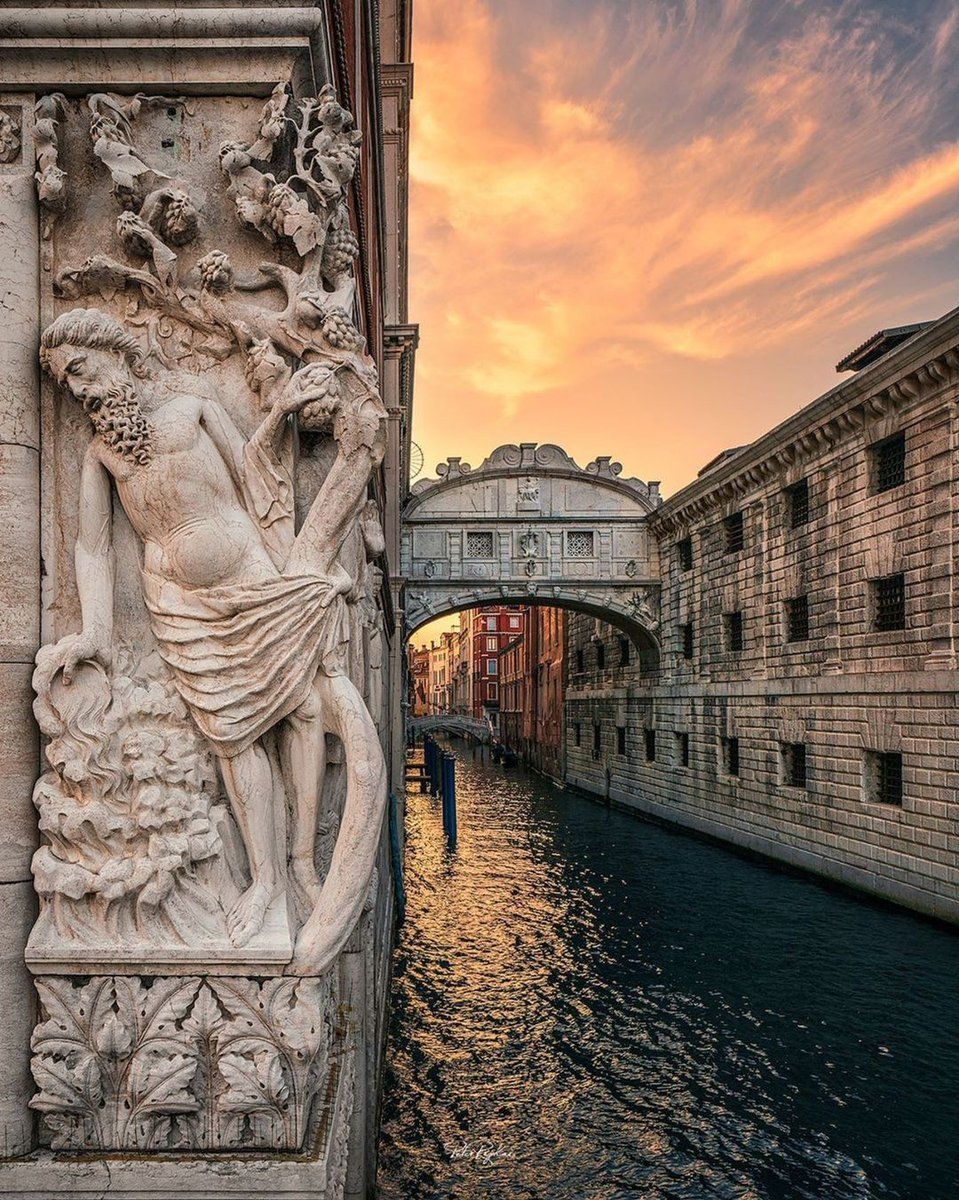
3) Stari Most, Mostar, Bosnia and Herzegovina (rebuilt: 2004) 2004)
The original Ottoman version, from 1566, was destroyed in 1993 during the Bosnian War but it was then rebuilt using the same techniques as the original.
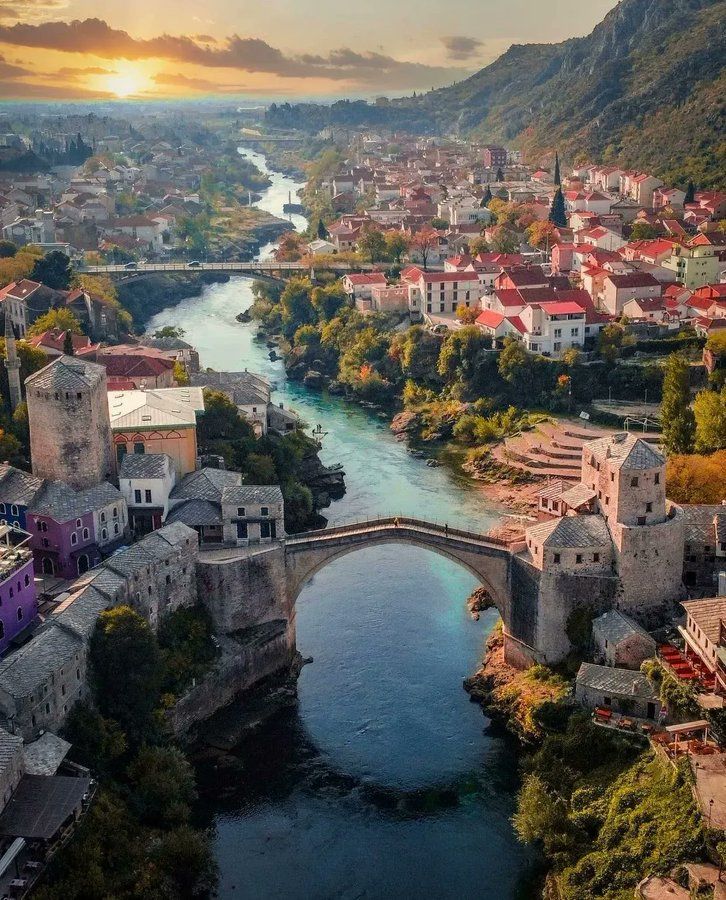
4) Rialto Bridge, Venice, Italy (1588))
For 300 years, this was the only way to cross the Grand Canal of Venice.
Designed by Antonio da Ponte, it replaced a wooden version that had already collapsed twice. Critics said the stone arch would make it the third time but here we are 400 years later… and it's still there.
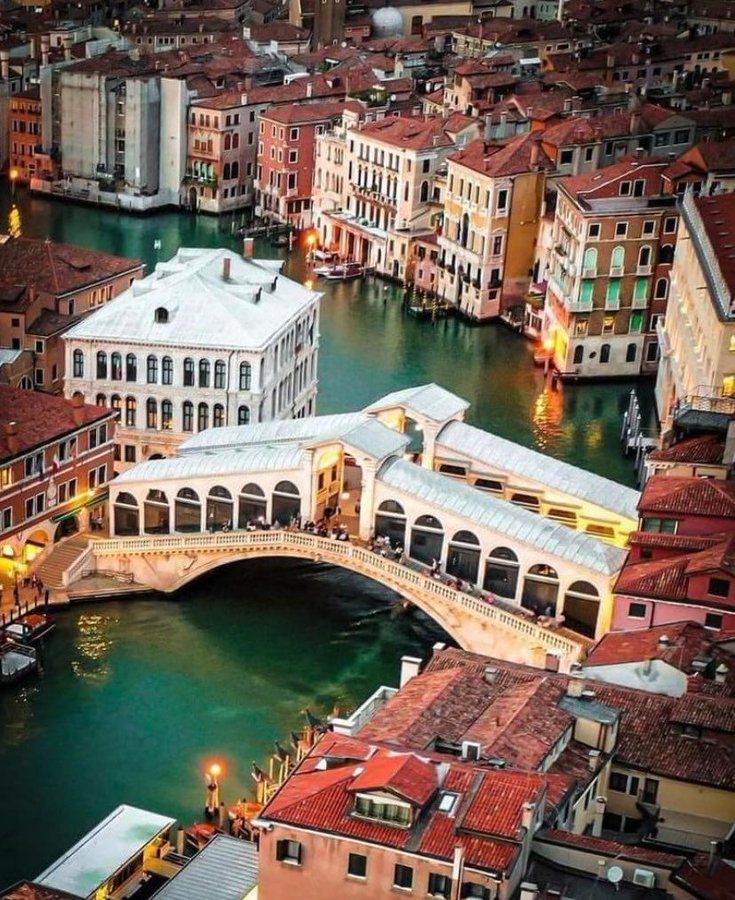
5) Millau Viaduct, Creissels, France (2004)
At 343 meters (1,125 feet), it's the tallest bridge in the world, overlooking Tam Valley.
Taller than the Eiffel Tower by 19 meters and nearly twice the height of the Statue of Liberty.
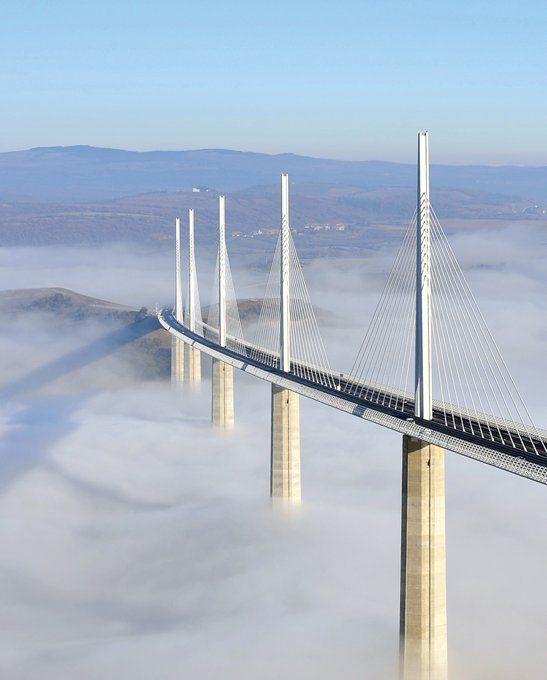
6) Golden Bridge, Da Nang, Vietnam (2018)
It feels ancient but it's actually a modern wonder, plated in gold (color) and part of a large resort complex.
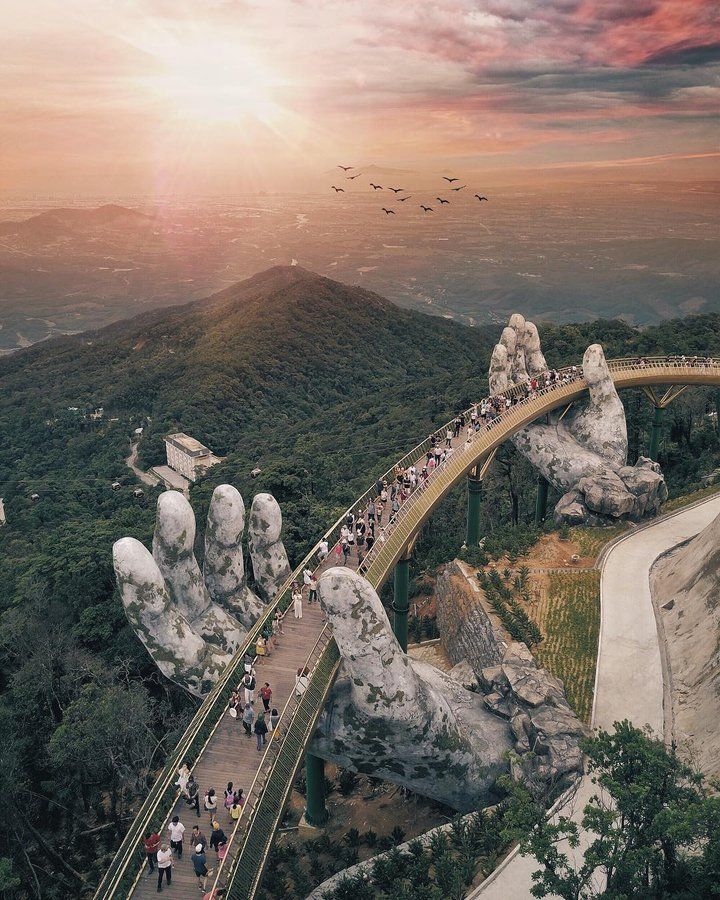
Quick announcement: Our Subscriptions are live on 𝕏!
You can now directly support our work and be the first to read future editions before they drop anywhere else...
7) Moon Bridge, Guangzhou, China (2016)
This type of bridge originated in China and they are designed perfectly to reflect a crescent moon in the water.
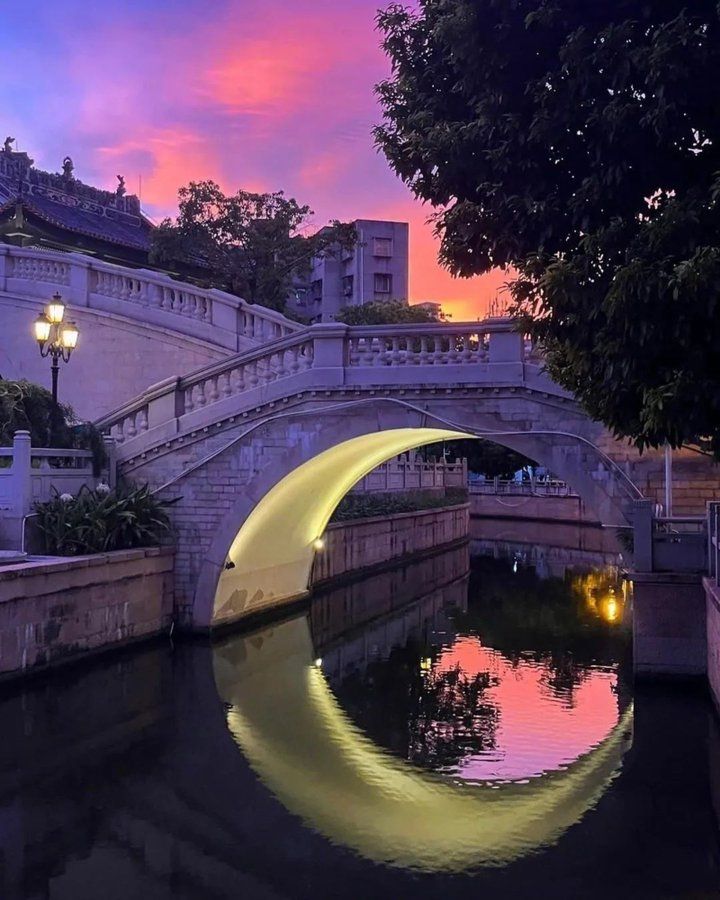
8) Puente Nuevo, Ronda, Spain (1793)
One of the most incredible wonders of Spain and rightly so. Not just because of the location but because it took 40 years to build.

9) Ponte Vecchio, Florence, Italy (1345)
In 1565, Duke Cosimo I banned butchers and fishmongers from the bridge because of the smell, allowing only goldsmiths and jewelers to open up their shops here.
That rule still remains in place to this day.
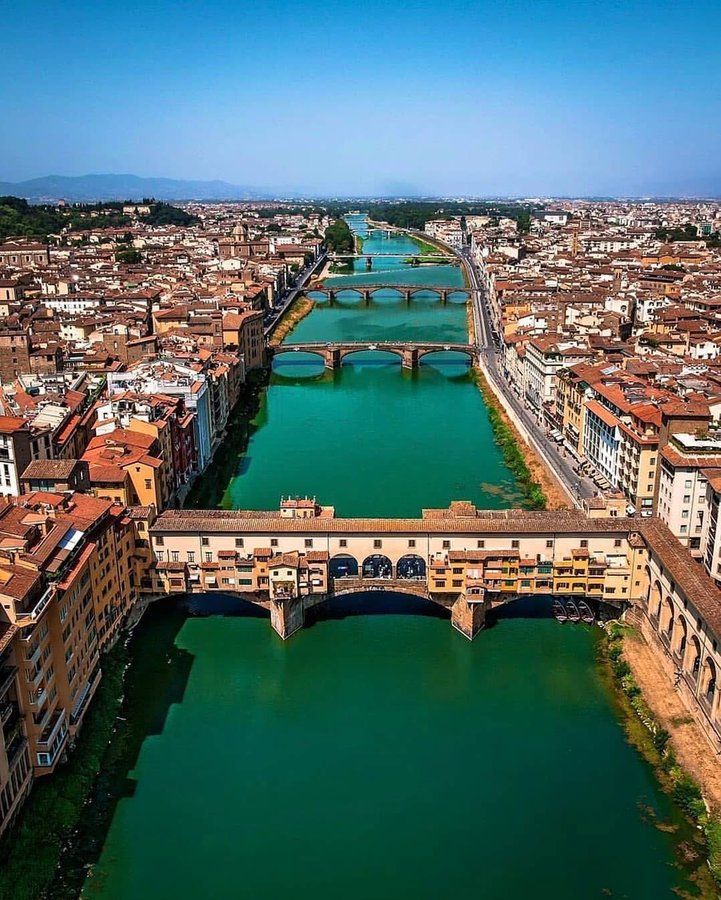
10) Øresund Bridge, Sweden (2000)
It connects Denmark’s Copenhagen with the Swedish city of Malmö over an 8km stretch of water.
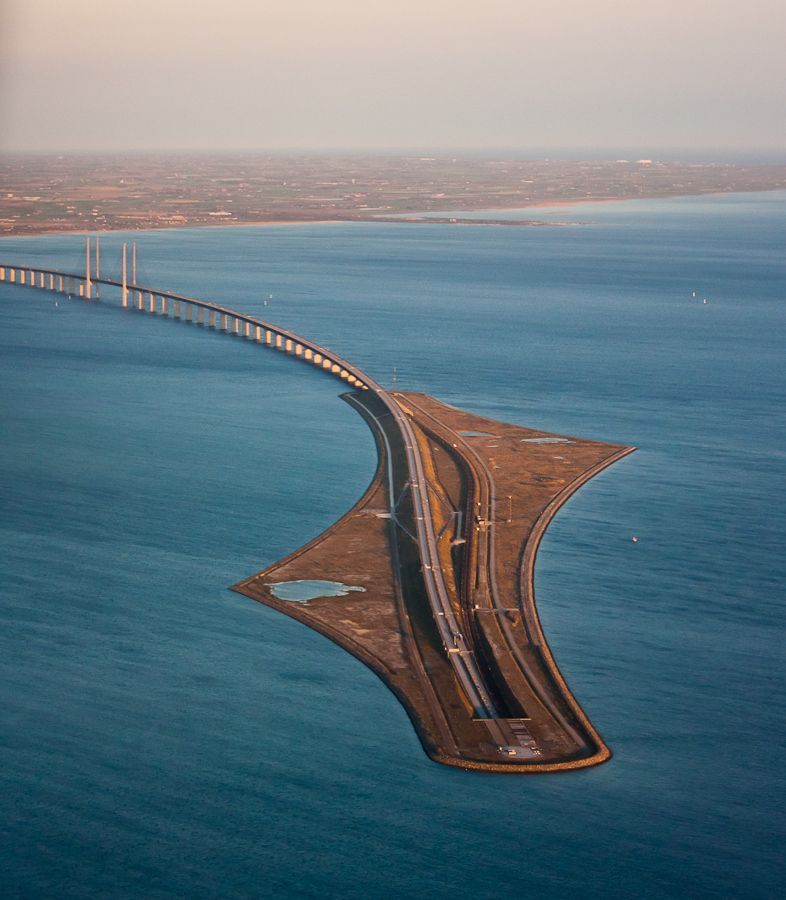
11) Tower Bridge, London, UK (1894)
Perhaps the finest bascule bridge ever built. In its first year of operation, it was lifted 6,194 times — around 17 times per day.
The bridge you see today was the winning design submitted out of 50 proposals to the "Special Bridge or Subway Committee," in 1876. Its design came from Sir Horace Jones, the City Architect, and John Wolfe Barry, a civil engineer. Jones made it reflect the neo-Gothic style of the nearby Tower of London, as per the request of Queen Victoria.
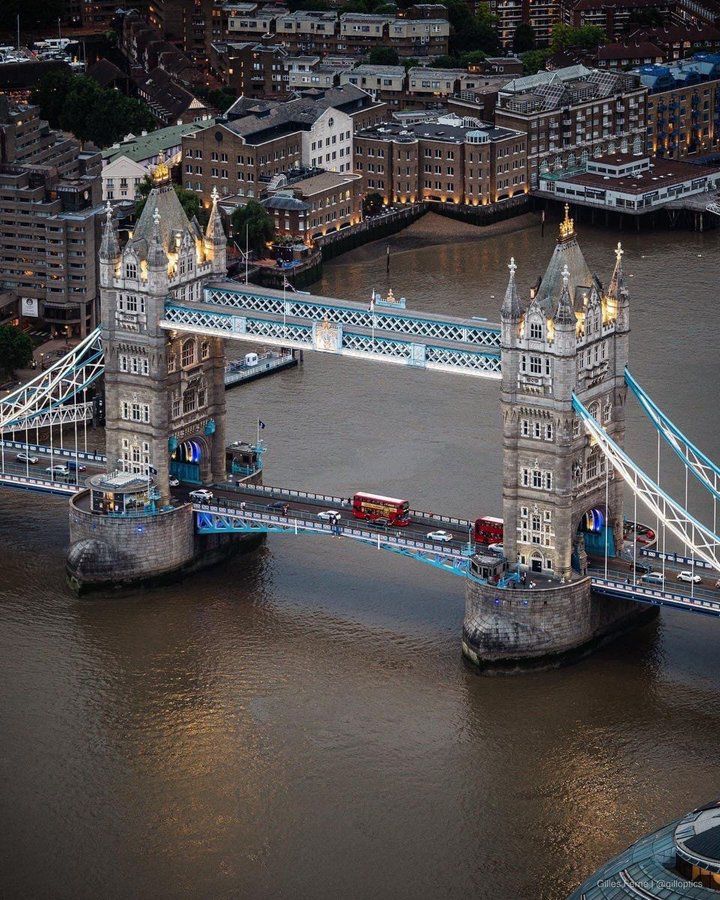
12) Bastei Bridge, Lohmen, Germany (1852)
The current version, made of sandstone, replaced a wooden bridge, from 1824. It connects towering rock formations used by 19th-century Romantic painters who focused on nature’s raw beauty.
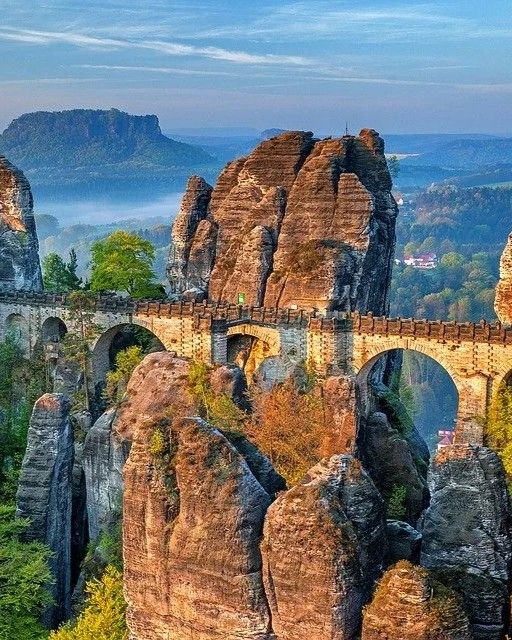
13) Pont Alexandre III, Paris, France (1900)
Built for the 1900 Exposition Universelle, it's a Beaux-Arts masterpiece that spans the Seine River. Here, there are many features of the Art Nouveau movement on display in the form of lamps, nymphs and winged horses.
The bridge was meant to symbolize the strength of the Franco-Russian Alliance; hence you’ll find this bridges’ counterpart, Trinity Bridge, in St. Petersburg.
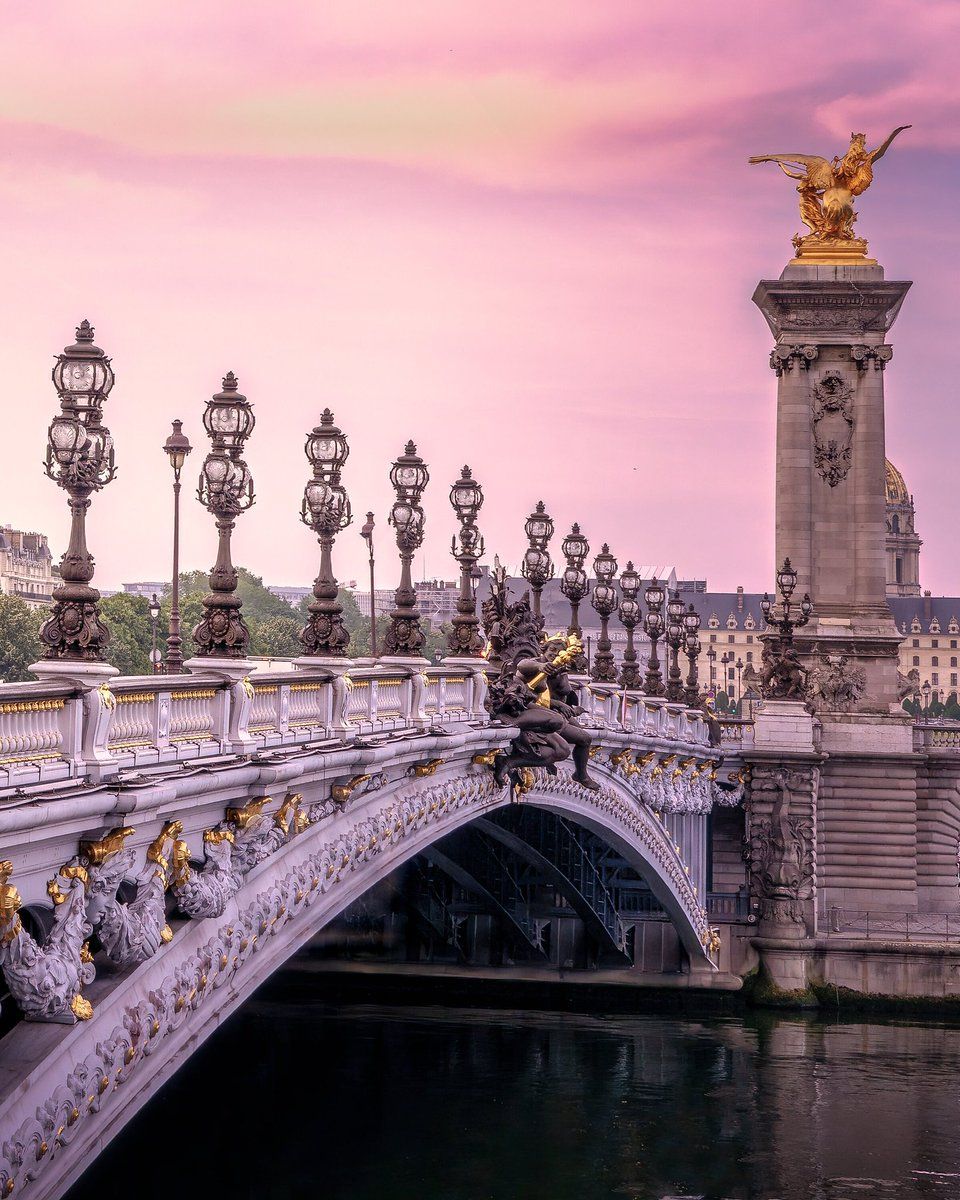
14) Chengyang Bridge, China (1912)
Built over a century ago — without using a single nail. It’s also referred to as the “Wind and Rain Bridge” and is an incredible display of Dong architecture.
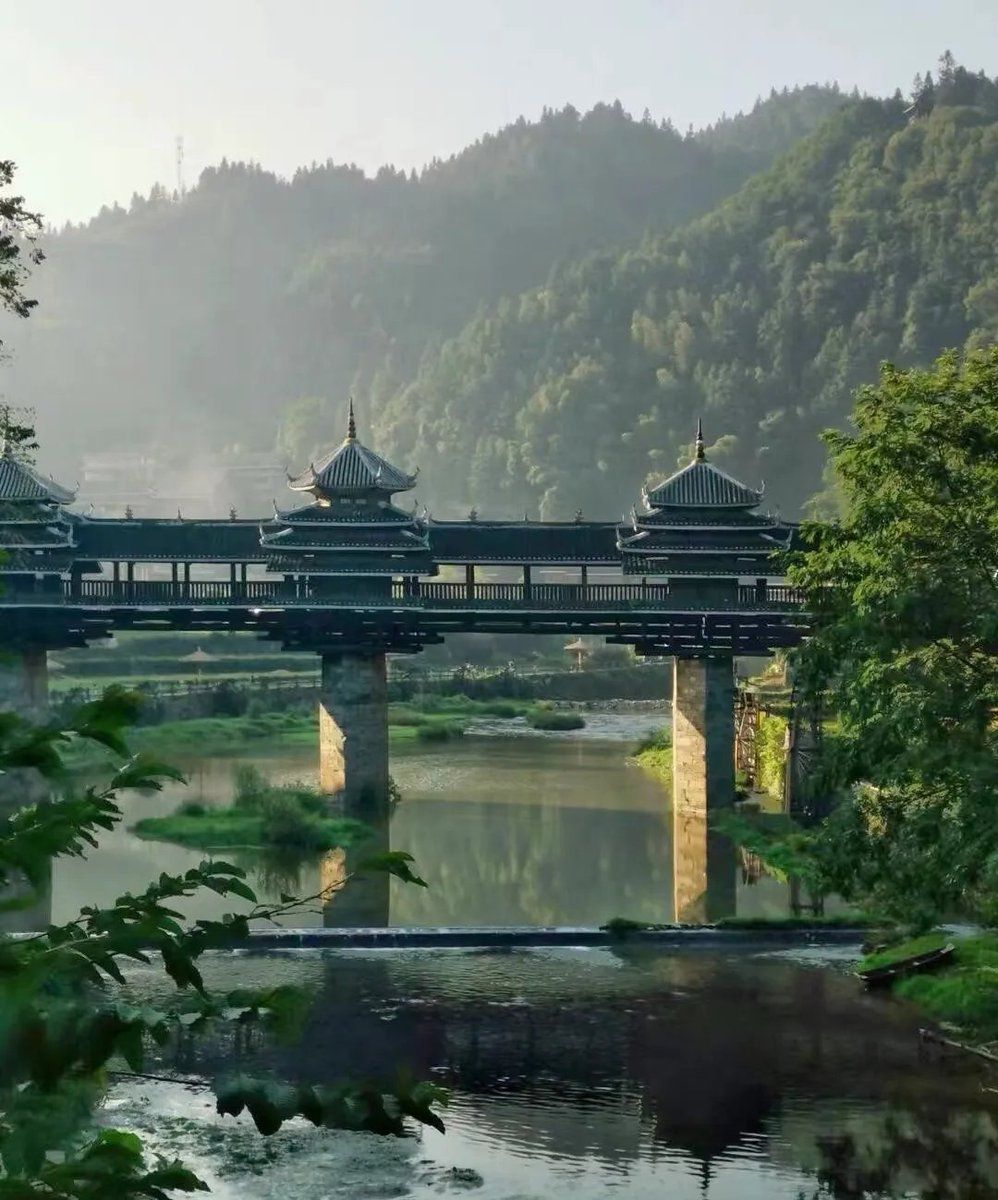
15) Manhattan Bridge, NYC, USA (1909)
This was once the world's third longest suspension span, after the Brooklyn and Williamsburg Bridges. This was also the first suspension bridge to fully implement deflection theory.
Traditionally, bridges were built with rigid decks to resist movement. But Moisseiff, a pioneer of the new idea, argued that a flexible deck could work by allowing the deck to bend slightly under load so that the weight would distributed more evenly through the cables.
Following the success of the Manhattan Bridge, the 4,200-foot, Golden Gate Bridge was built using the same theory in 1937.
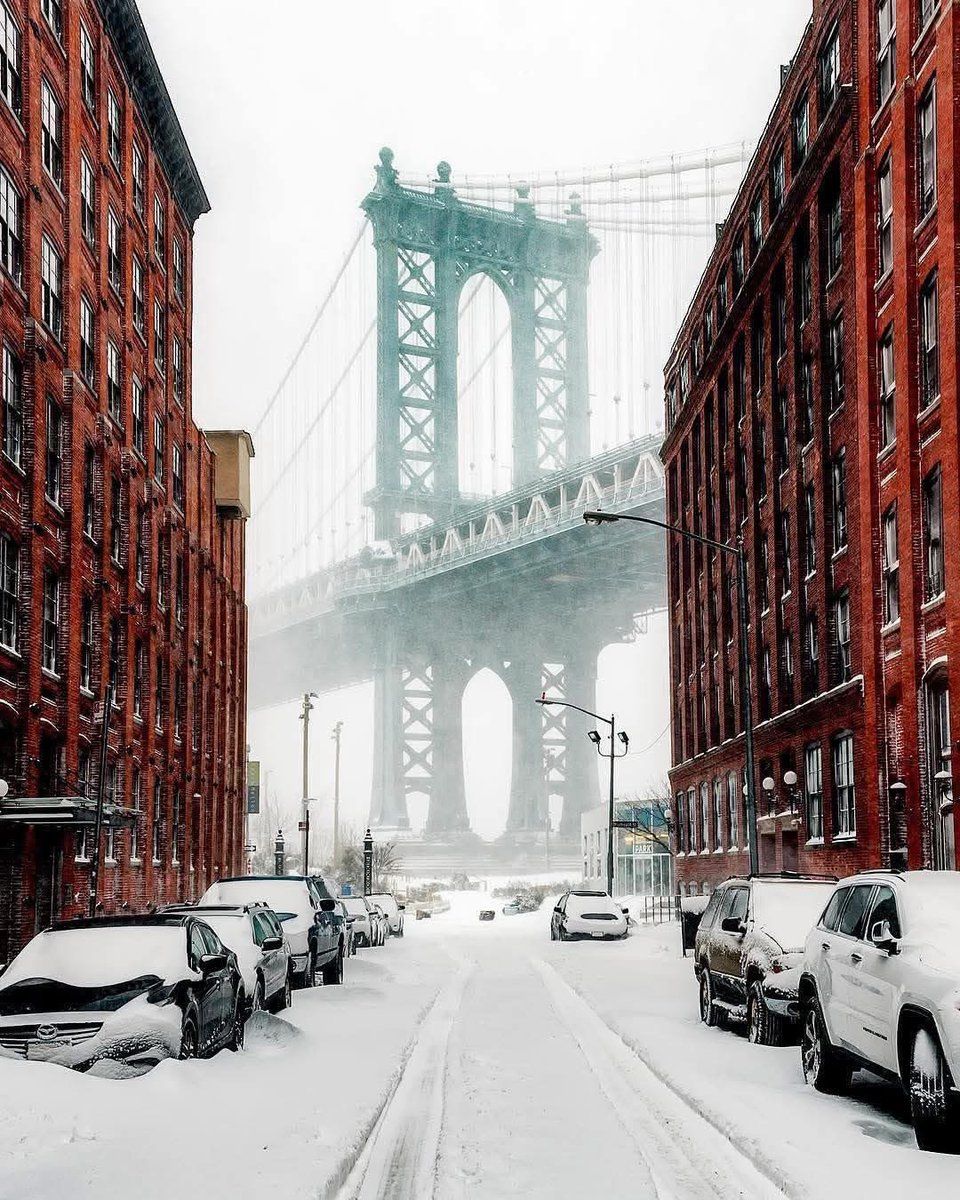
16) Roman Bridge of Córdoba, Spain (1st Century BC)
Originally built by the Romans to suppress Spanish revolts, the design is quite extraordinary.
It has been rebuilt many times but two of the 16 arches are still originals.

17) Allahverdi Khan Bridge, Isfahan, Iran (1602)
One of the 11 bridges in Isfahan that cross the Zayandehrud River. It has 33 distinct arches and hence is also known as the Si-o-se-pol bridge, literally meaning “[the] bridge of thirty-three [spans].”
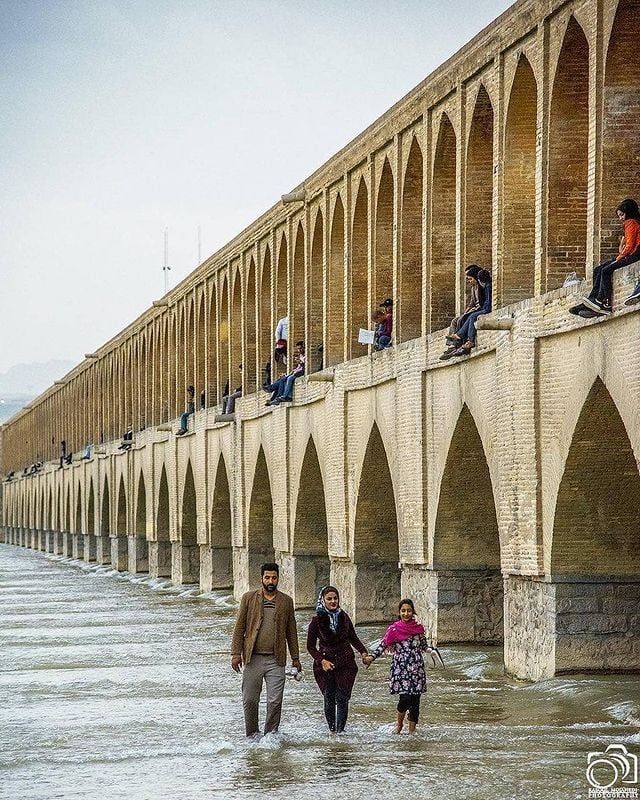
18) Oberbaumbrücke, Berlin, Germany (1896)
The central towers stand out, reminding us that it used to be a customs station. Once a border crossing between East and West Berlin, its two towers reflect different traditions:
Notice how one tower is octagonal, the other round. The octagonal tower bears the Berlin Bear; the round one, the Brandenburg Eagle
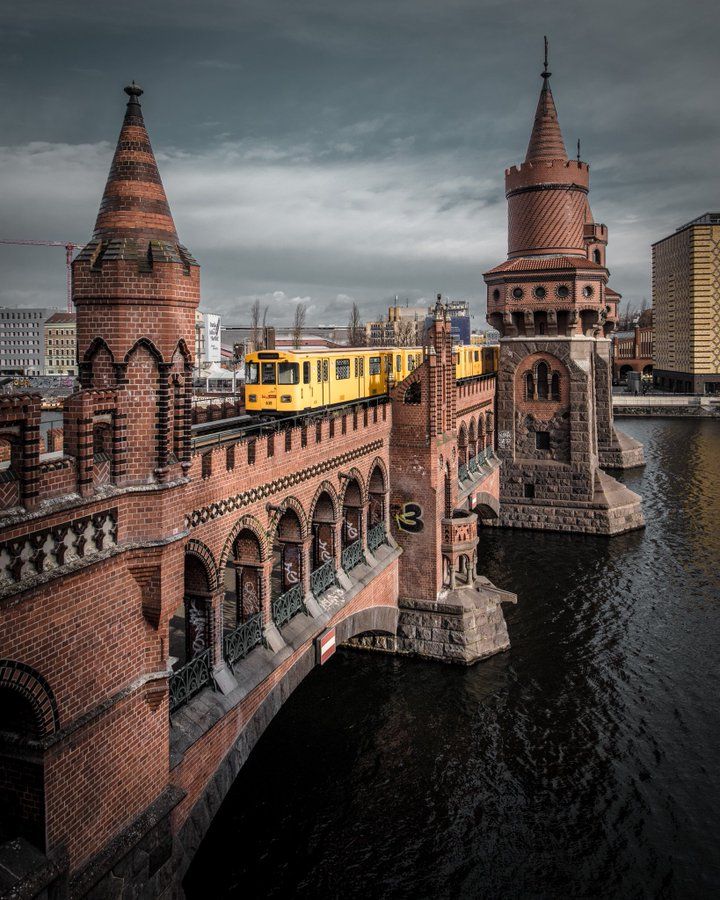
19) Bridge of Sighs, Cambridge, England (1831)
Named after its counterpart in Venice and not because of Cambridge’s exams, despite what you might initially think...
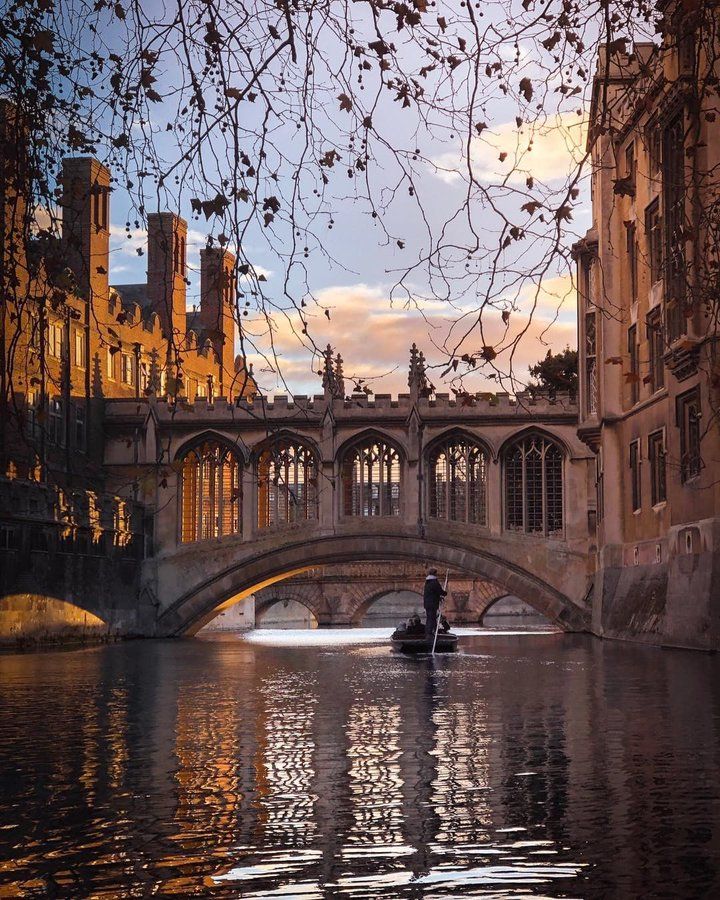
We build too many walls and not enough bridges
Until Next Time,
World Scholar

P.S. Thank You for getting this far! What topic should we dive into next? Let me know directly by replying to this email!
Reply